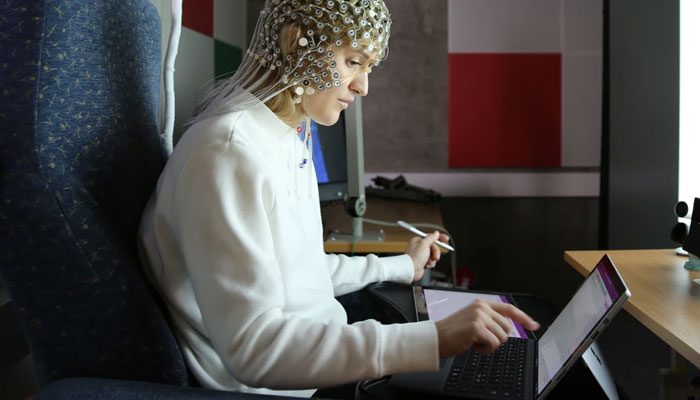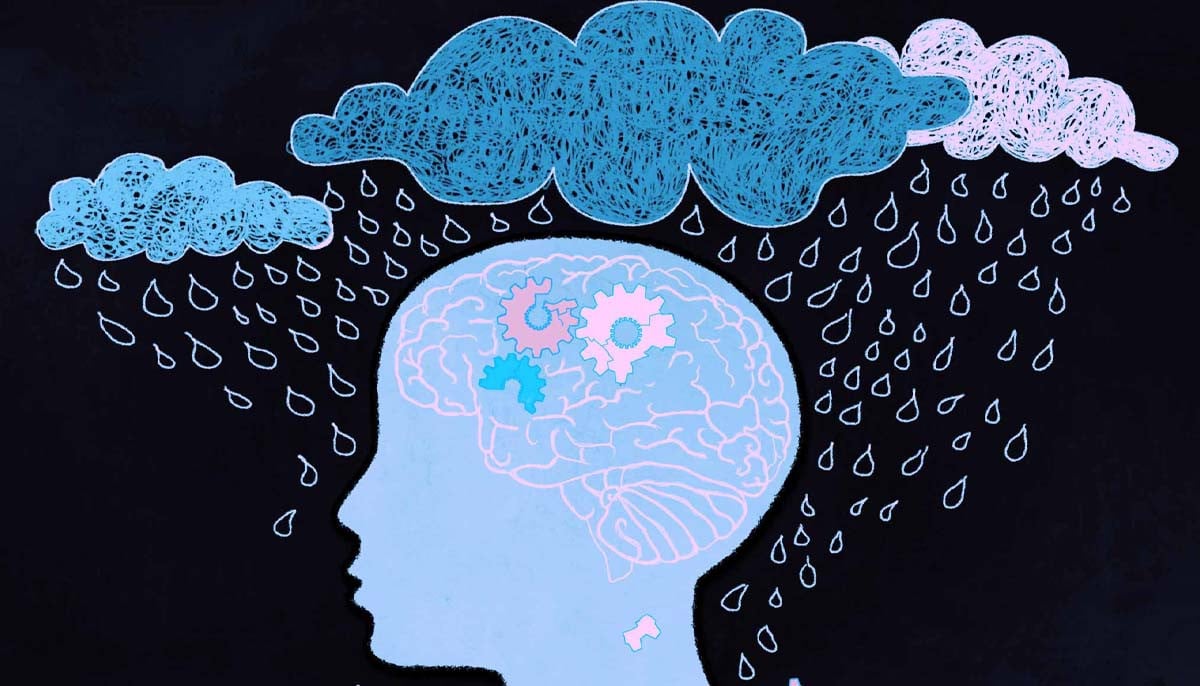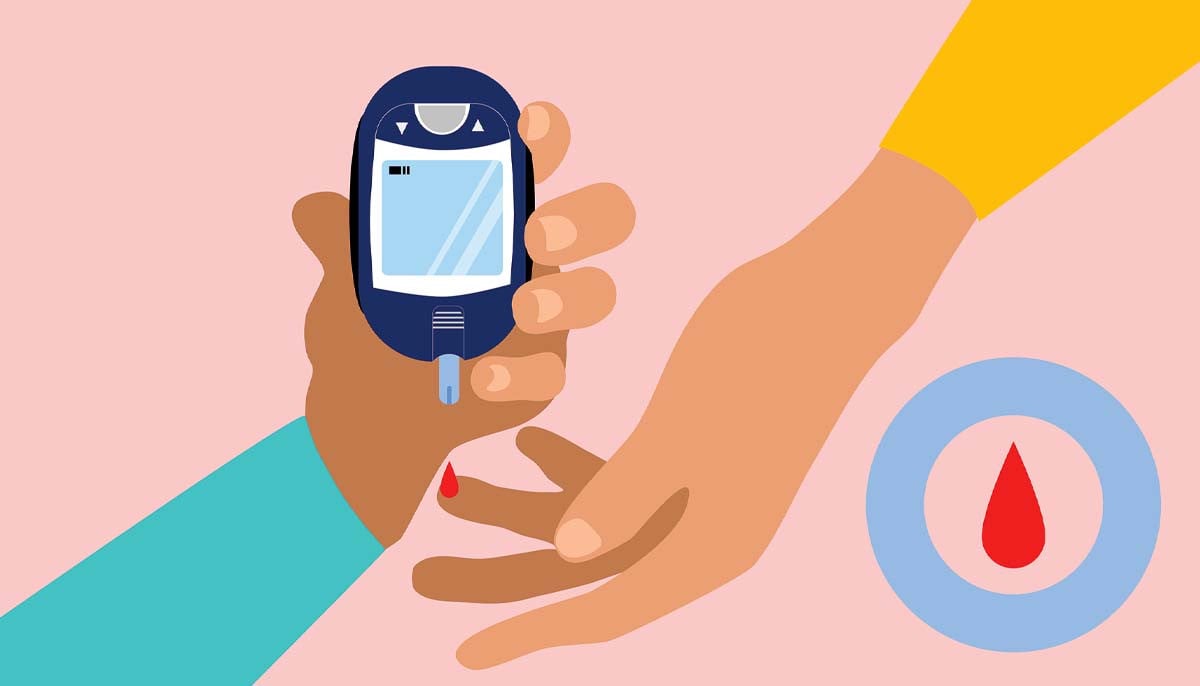Neuroscience reveals secret of handwriting behind brain activity
Handwriting emerges as cognitive exercise that engages mind in ways that might just be key to unlocking our brain's full potential
In an era dominated by keyboards and touchscreens, the age-old art of handwriting is making a compelling comeback, thanks to groundbreaking research in neuroscience.
A recent study conducted by the Norwegian University of Science and Technology has uncovered the hidden intricacies of handwriting that illuminate the brain in ways digital typing simply cannot match.
The study, involving 36 university students, aimed to unravel the mystery behind how the brain responds to the act of writing. As participants were asked to either write in cursive using a digital pen on a touchscreen or type the same words using a keyboard, a sophisticated cap with 256 electrodes recorded their brain waves. The findings were nothing short of remarkable.
"Our main finding was that handwriting activates almost the whole brain as compared to typewriting, which hardly activates the brain as such. The brain is not challenged very much when it’s pressing keys on a keyboard as opposed to when it’s forming those letters by hand," explains Audrey van der Meer, co-author of the study and a neuropsychology professor at NTNU.
The study delves into the intricate dance between the brain's visual, sensory, and motor cortices when individuals opt for the analog approach. Writing by hand requires active visualization of letters and precise fine motor skills to execute movements. In contrast, typing, with its uniform-looking keys, demands less brain activity in the visual and motor cortices.
As we navigate the digital landscape, the study prompts a reflection on the role of handwriting in education. While the world is becoming increasingly reliant on digital communication, the cognitive benefits of handwriting, especially for memory-related functions, cannot be ignored.
The debate over whether schools should continue to teach handwriting is not new, with some U.S. states even mandating cursive instruction. However, van der Meer advocates for a balanced approach, recognizing the importance of the digital world while appreciating the unique cognitive benefits that come with putting pen to paper.
As we uncover the neuroscience behind the brain's response to handwriting, the age-old practice takes on a new significance. Beyond being a mere tool for communication, it emerges as a cognitive exercise that engages the mind in ways that might just be the key to unlocking our brain's full potential.
-
New research finds back pain may disrupt men’s sleep quality later in life
-
Do you have depression or is it just Monday blues? Find out where science stands
-
Air pollution may play a role in prostate cancer risk, experts warn
-
Type 2 diabetes hidden trigger in daily food revealed
-
Find out how you can avoid diabetes at your home
-
Pregnant women fighting 'like hell' against paracetamol?
-
‘Stranger Things’ star David Harbour speaks up about ‘psychotherapy’
-
Serious liver scarring shows potential to be reversed with latest drug












